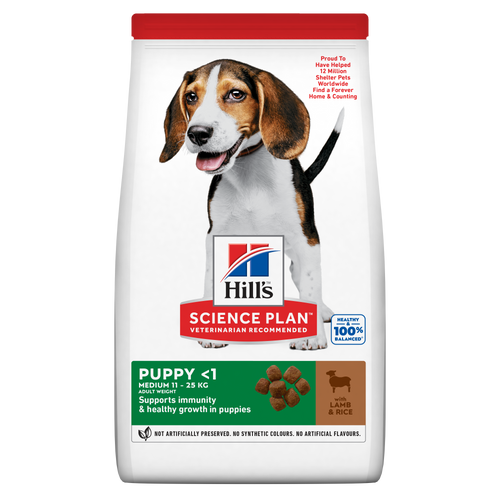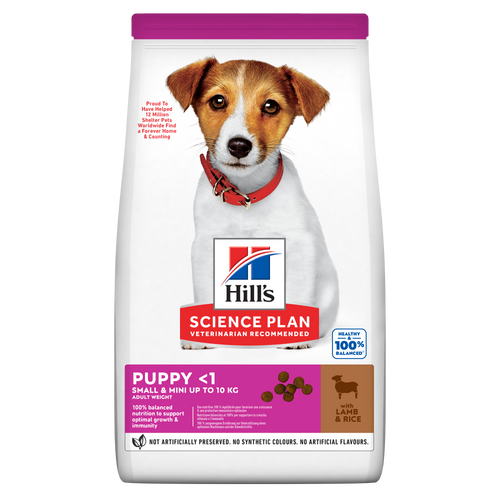Find food that fits your pet’s needs
Find a dog food that fits your pet’s needs
Find a cat food that fits your pet’s needs
Travelling with your puppy
 There are so many more opportunities to take your puppy away with you on holiday these days.
There are so many more opportunities to take your puppy away with you on holiday these days.
You can even take your pet on holiday abroad, thanks to the Pet Passport Scheme (PETS). This means that pet dogs living in the UK can go to, and return from, European countries without quarantine. Organising a pet passport can take about eight months, so planning ahead is essential.
It almost goes without saying, but whether you intend to take your puppy on holiday at home or abroad, you should ensure they have the correct vaccinations before travelling, and that they're up-to-date. If you're in any doubt, please consult your vet.
Preparing your puppy for the journey
It's essential that your puppy is fit and healthy before they travel. However, during long journeys, dogs can become sick and show symptoms of distress. It is advisable to ask your vet about travel sickness remedies.
It's important to get your puppy used to the car before they travel. Once they’re used to their household surroundings, place them in the car to sleep for half an hour, or allow them to explore the inside. When they're used to the surroundings, you can take them on short journeys, gradually increasing the length of time.
Before you hit the road
Your puppy should be fed well in advance of any travel. If this isn't possible, you should consider putting off feed time until you arrive at your destination. Make sure your puppy is microchipped, wearing a collar and tag with your address and contact numbers.
Microchipping is law, it’s an effective and simple way of linking your pet to you, and is a virtual guarantee of you both being reunited if your puppy gets lost, strays or is stolen. A simple injection of a tiny microchip the size of grass seed is inserted under the skin. This cannot be seen but it can be read by a scanner. Your vet will be happy to give you more information about microchipping.
Now that you're on your way
Your puppy should always be transported in complete safety, preferably in a purpose-built cage safely secured to the car (in the luggage compartment if you drive an estate car). However, if it's not possible to put your puppy in a cage, they should be securely placed in the back of the car in a special dog seat belt or harness. Alternatively, in an estate or hatchback, put them in the space behind a fitted dog guard. Always remember that your pet should be able to stand up and turn around, and sit and lie down comfortably. Please, never shut your puppy in the boot or keep them in the front unless secured.
Give your puppy a break
If you're going on a long journey, take a break; stop the car and let your puppy have a drink of water and a little exercise. Even if you're making a short stop, for a meal or the toilet, never leave your pet in a hot, unventilated car.










